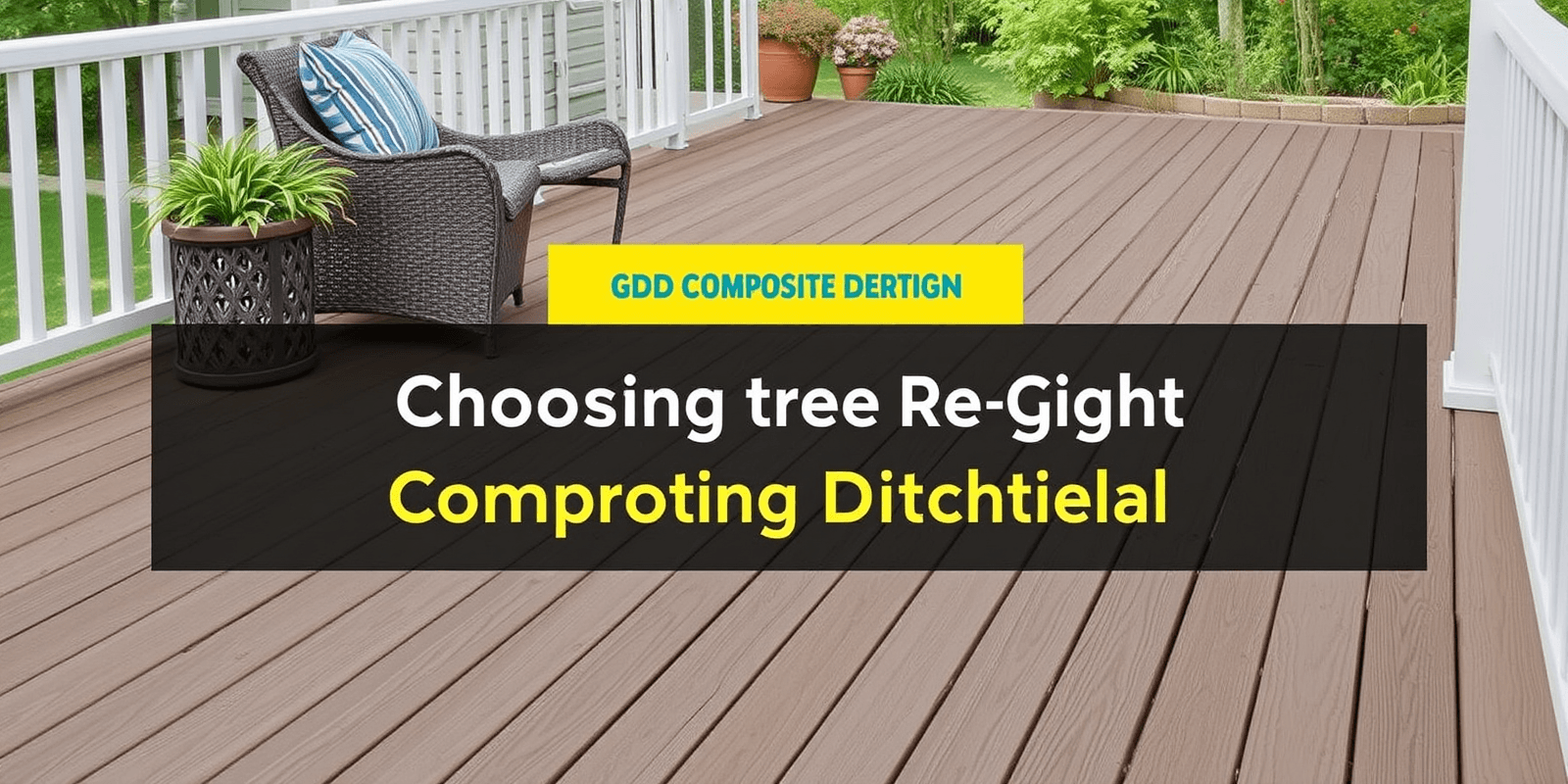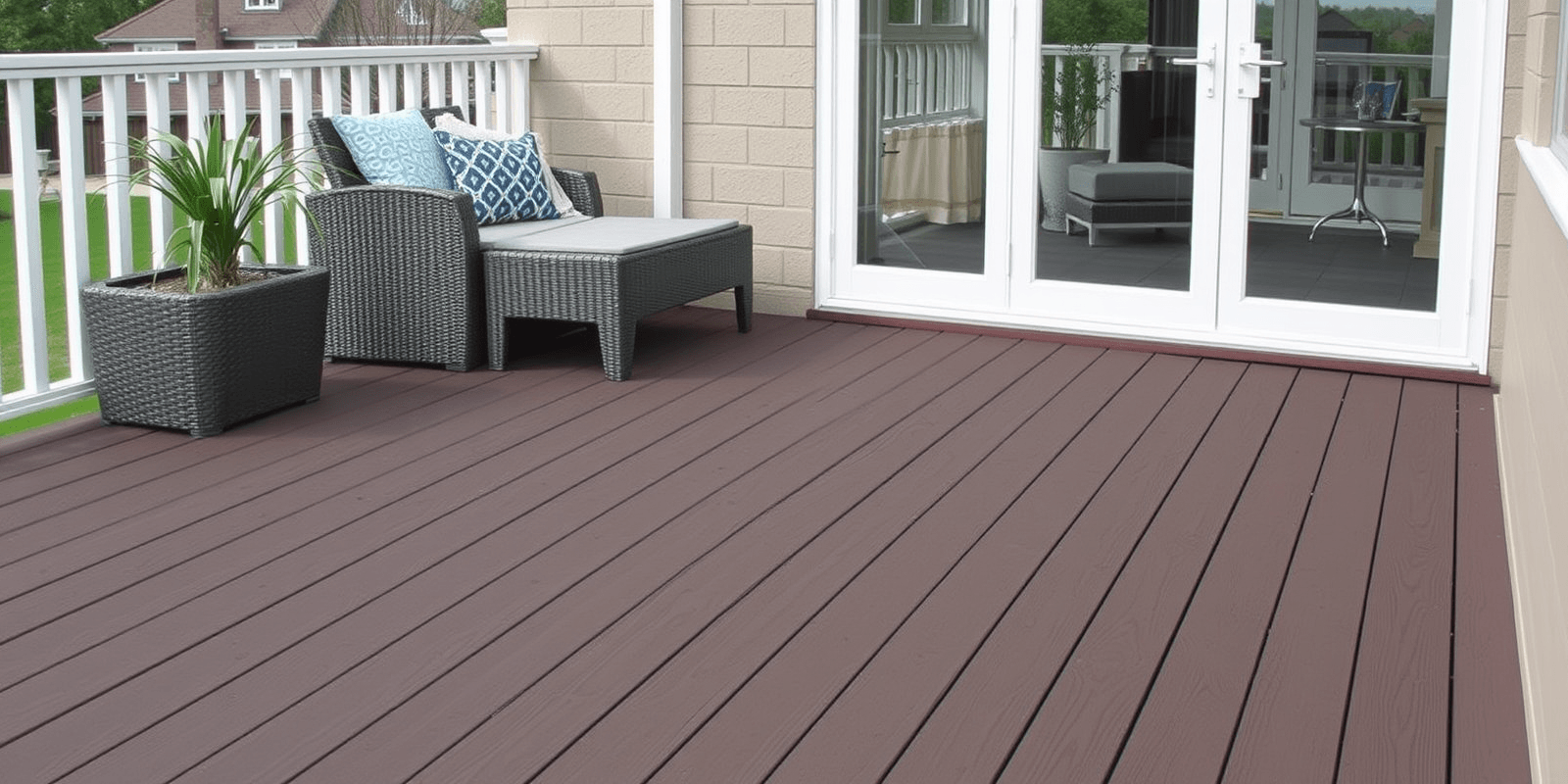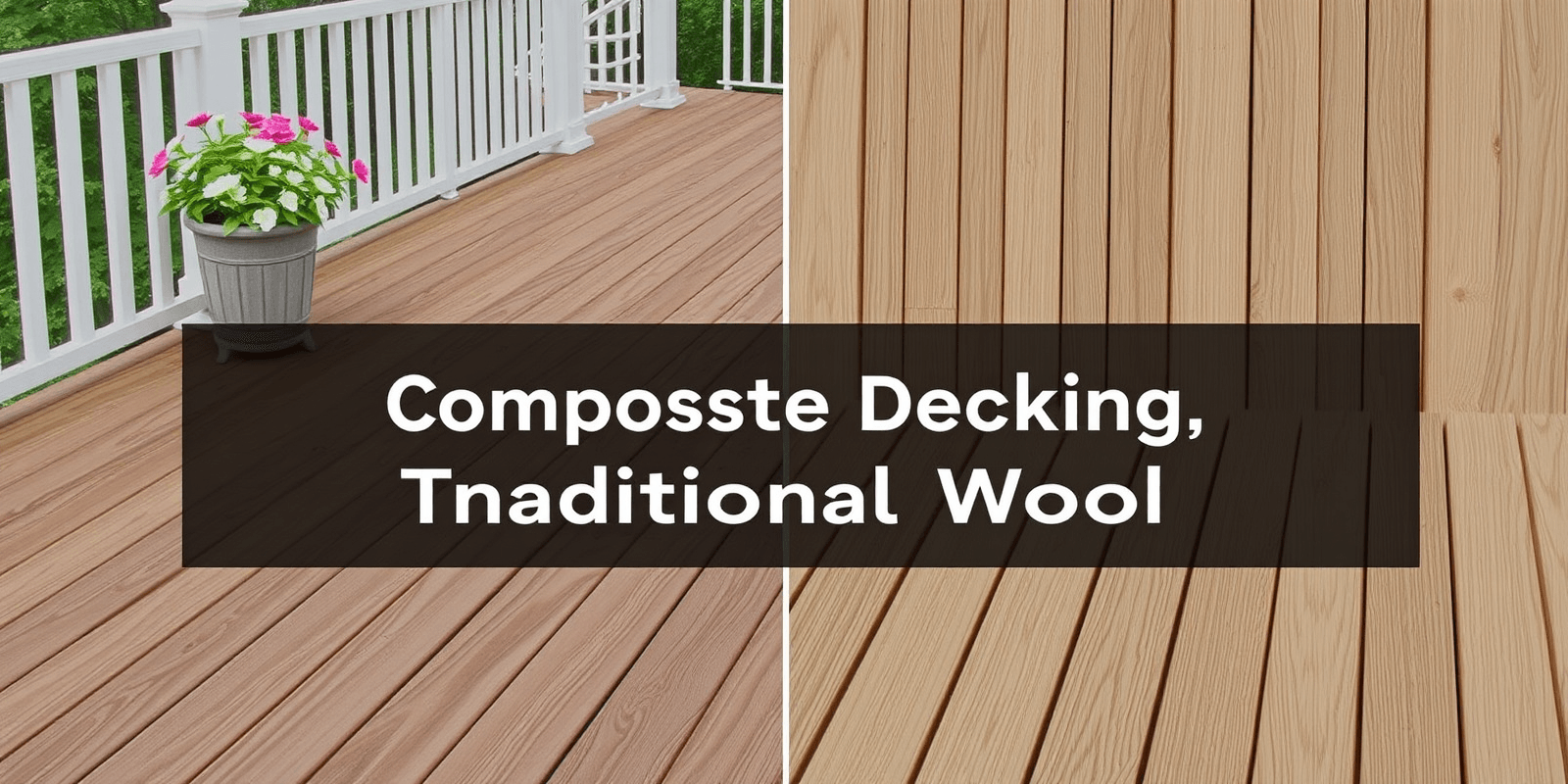Choosing the Right Composite Decking Material
Introduction
Composite decking materials have become increasingly popular as an alternative to traditional wood decking due to their durability, low maintenance, and aesthetic appeal. However, choosing the right composite decking can be a daunting task given the variety of options available in the market. This guide aims to help you navigate through these choices by considering key factors such as aesthetics, durability, price, and climate conditions. By understanding these elements, you can make an informed decision that ensures your deck not only looks great but also stands the test of time.
Aesthetics: The Visual Appeal
The look and feel of your composite decking material are crucial for achieving the desired aesthetic. Composite materials come in a range of colors and textures, mimicking the appearance of natural wood while offering added benefits. For instance, TimberTech offers a variety of shades like Cocoa Brown and Pebble Gray that can enhance the beauty of your outdoor space. When selecting a color, consider how it will complement your home’s exterior and surrounding landscape. Additionally, some composite materials like Trex Transcend offer a realistic wood grain texture that adds authenticity to your deck design.
Durability: Withstanding the Elements
Durability is another critical factor when choosing composite decking materials. Look for products that are resistant to fading, staining, and moisture. For example, Fiberon’s composite boards are designed to withstand harsh weather conditions, making them ideal for areas with high humidity or frequent rainfall. Furthermore, brands like AZEK boast a strong warranty against rotting, warping, and cracking, ensuring longevity. It’s essential to check the manufacturer’s warranty and reviews from other customers to gauge the product’s durability over time.
Price: Budget-Friendly Options
Composite decking materials vary significantly in cost, ranging from budget-friendly options to premium choices. While more expensive materials may offer superior quality and features, there are affordable alternatives that still provide excellent value. For instance, ChoiceDek offers a range of composite decking at competitive prices without compromising on performance. When budgeting, consider the long-term savings associated with reduced maintenance costs compared to traditional wood decks. Investing in a slightly higher-quality material might save you money in the long run by reducing replacement and maintenance expenses.
Climate Considerations: Adapting to Your Environment
The local climate plays a vital role in determining the best composite decking material for your project. In regions with extreme temperatures or heavy precipitation, it’s wise to opt for materials that are highly resistant to weathering. Certain brands like Fortress Building Products specialize in composite materials that perform exceptionally well in varying climates. Conduct thorough research on how different materials react under specific climatic conditions to ensure your deck remains beautiful and functional year-round. Consulting with local contractors who understand regional challenges can also provide valuable insights.
Conclusion
Selecting the right composite decking material involves balancing aesthetics, durability, price, and climate considerations. By carefully evaluating these factors, you can choose a material that enhances your outdoor living space while requiring minimal upkeep. Remember to explore various brands and read customer reviews to find the perfect fit for your needs. With the right composite decking, your deck will not only stand out but also endure the test of time.
Reference
TimberTech, Trex, Fiberon, AZEK, ChoiceDek, Fortress Building Products.



